
- As Featured on:
If you’ve ever watched the likes of Millie Bobby Brown in Stranger Things you’ll know that putting in a believable performance is an incredible skill. And while many kids in Australia dream of hitting the big time like Millie did, parents know only too well that developing a talent like that will take a lot of hard work.
But here’s the thing, and we may have said this before — acting is a learnable skill. Sure, there are many child actors out there who were born with a flair for performance, but we can absolutely guarantee you right now that every single successful actor has put in the hard yards to get where they are now.
And that means that your child or teen has just as good a chance as anyone else out there once they put in that effort.
That hard work can involve everything from learning how to prepare for auditions right through to attending acting classes which we’ll talk about a little later.
But one of the least talked about aspects of child acting is the many acting techniques that can be used to practice and deliver amazing Oscar-worthy performances.
These are the techniques that the biggest actors such as Julian Bailey Dennison and Finn Wolfhard use to get into character and deliver those unforgettable performances.
Now we’re not going to lie, this is going to go way over the head of most little superstars-in-the-making so mums and dads or their guardians will have to study up on this and help out as much as you can.
Teen actors, on the other hand, should be more than capable of learning about and implementing these acting techniques.
Oh, and remember, Google and YouTube are your friends!
What are the Main
Acting Techniques?
There are dozens of acting techniques developed throughout the ages that actors both on stage and on set use to dazzle their audiences. But truth be told, nearly every single one of them can be loosely categorised into one of the seven main acting techniques listed below.
Word of warning — from here on out, it might start to feel a little like being back in school yourself, but just remember that the reason we’re explaining these techniques is just to give you a good understanding of what they are. At some point, you may decide that certain aspects of one technique will suit your child or may even help during rehearsals and line practice sessions.
Trust us though, at some point in your child’s career, they will certainly start using the techniques below, especially if they land any big roles.
So what are the techniques?
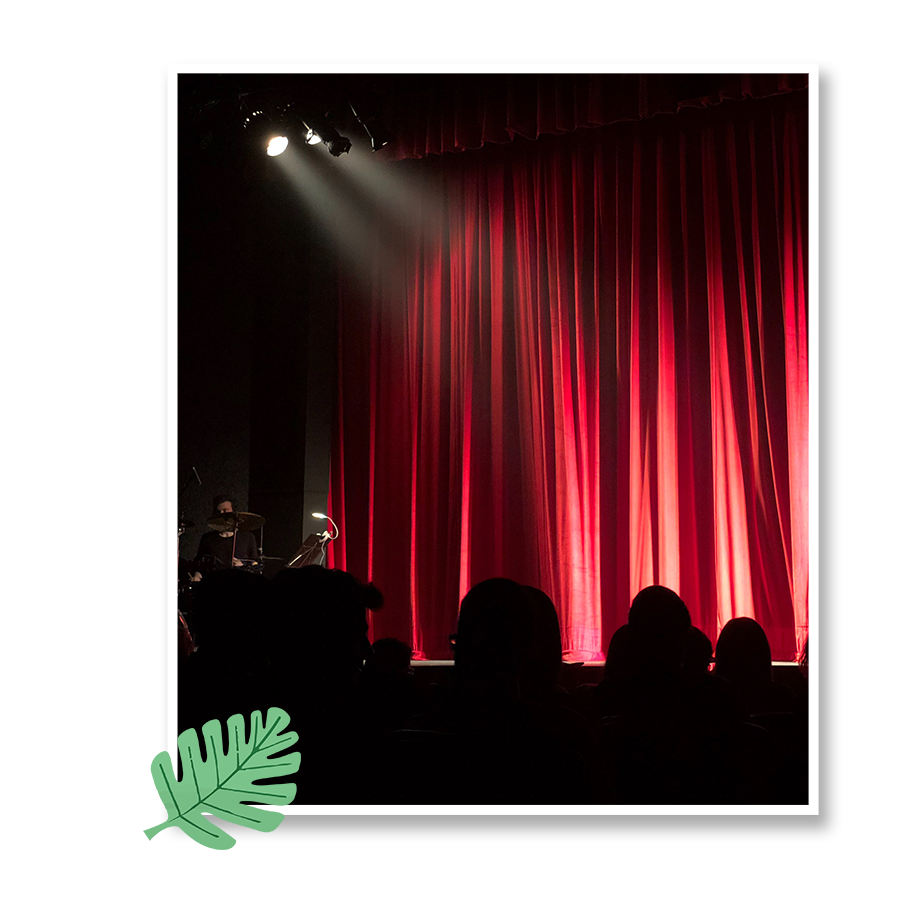
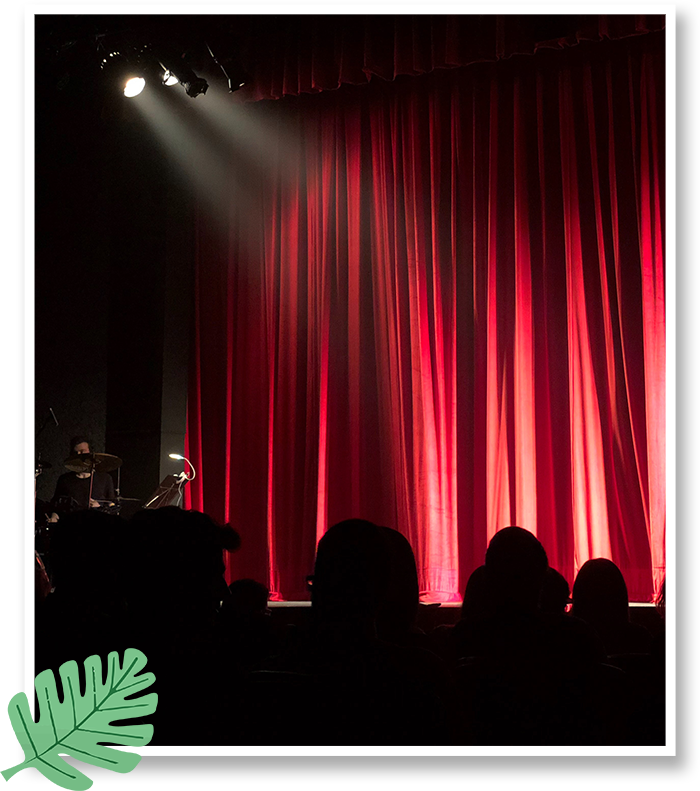
Sounds like something from history or geography class, right? Trust us though, they’re actually quite simple when you break them down (famous last words!) In fact, you may even notice that some of the core aspects of each technique are very similar to others. Son once you understand one, you’ll have a pretty good grasp on them all.
Let’s take a quick look at each.
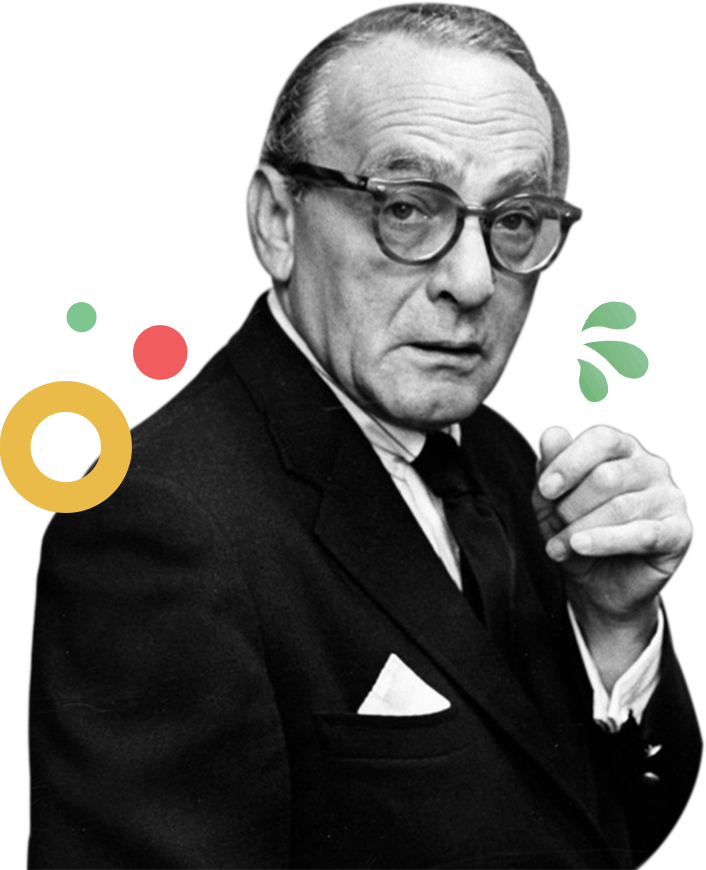
The Meisner Technique

under imaginary circumstances.”
- Emotional preparation
- Repetition
- Improvisation
The logic behind the Meisner method is that these three principles work together to help actors engage with their scene partners as opposed to just relying solely on memory or rehearsal.
Emotional Preparation
Repetition Exercise
This technique is also called the “Word Repetition Game”, which requires an actor (that’s your child or teen) to sit across from their scene partner and observe them, and vice versa. This helps create a connection between actors and encourages active listening. If your child can’t practice with a scene partner then perhaps mum or dad can sit in.
The repetition exercise trains the actor’s responses by repeating a phrase several times building on what the other says each time around. It’s a little like a classroom game, but instead of just repeating, your child needs to act their line. You can even throw in physical actions to take it up another level. This is a fun exercise and one that allows your child to really think about what they are doing and how their scene partner is acting.
Improvisation
We’ve all heard of improvisation and yes, it’s exactly what you think it is — acting on impulse.
In a nutshell, this technique encourages an actor to use natural lines and not those that are scripted. While this is a great technique for getting into character during at-home rehearsals, we wouldn’t advise using it on set. Directors will want your child to use the exact lines in the script.
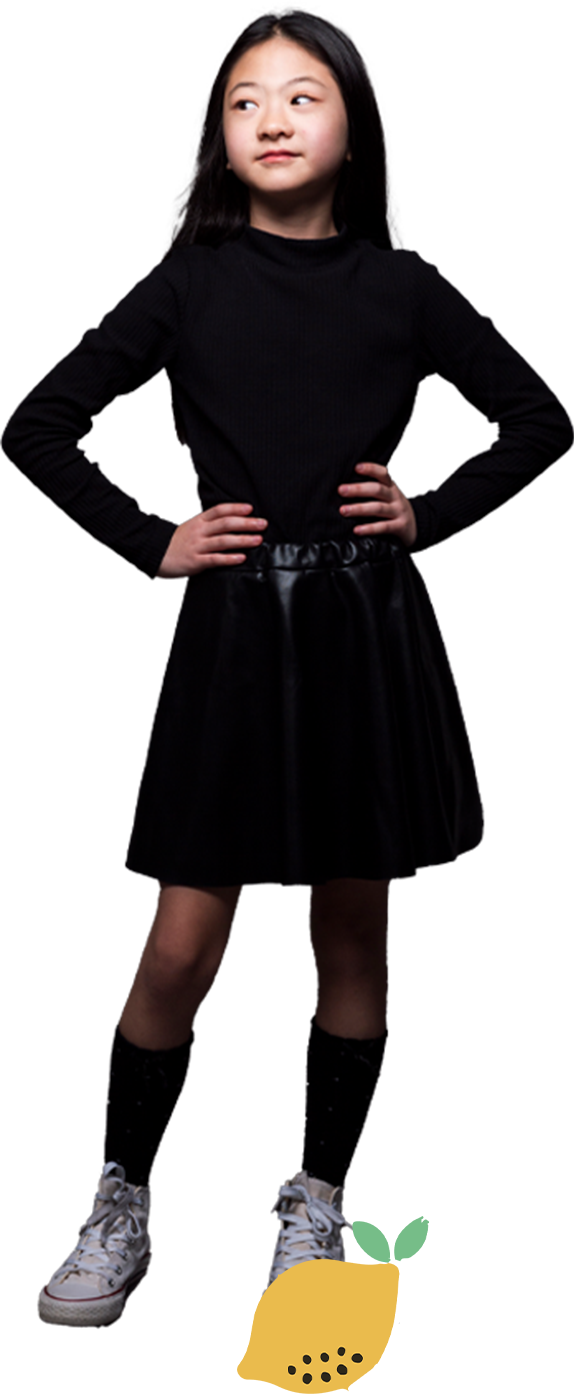

The Stanislavsky Technique
This technique was created by Konstantin Stanislavsky (sometimes spelled “Stanislavski”), also known as the father of modern acting. His method is to “live” a role rather than “perform” it. Heavy stuff perhaps for a child actor, but something that a teen could certainly try on for size.
Here are some of the key aspects of this technique.
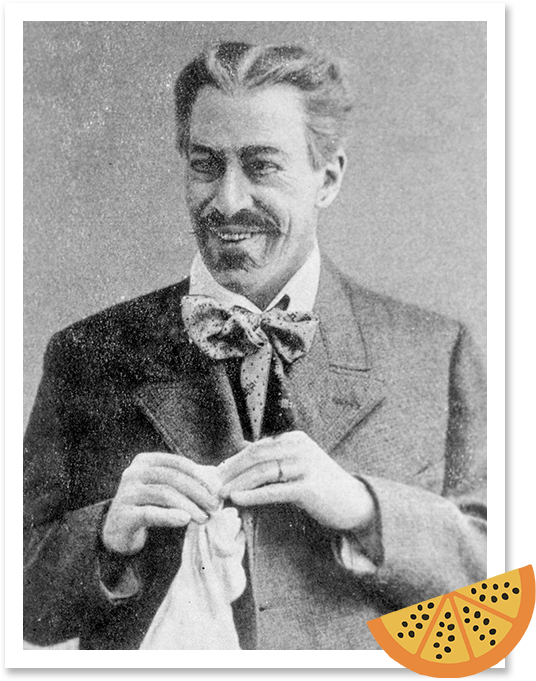
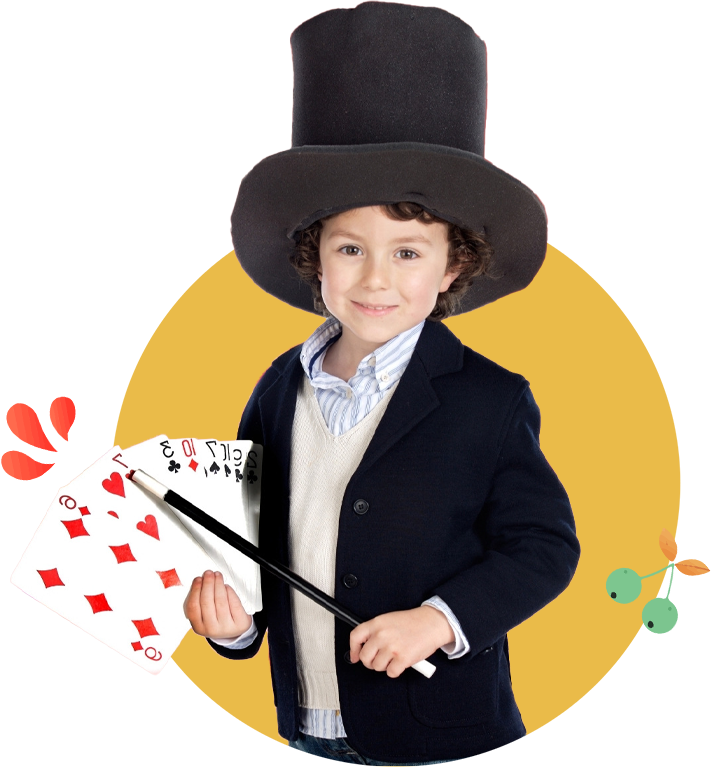
The Magic If
This is one of the most important and popular aspects of the Stanislavsky technique. The ‘Magic If’ requires an actor to put themselves into the character’s shoes completely and imagine what they would do ‘if’ this was the case.
The ‘Magic If’ pushes a young actor to really become the character and tests their understanding of the character’s personality.
Objective
Emotional Memory
Physical Action
Subtext

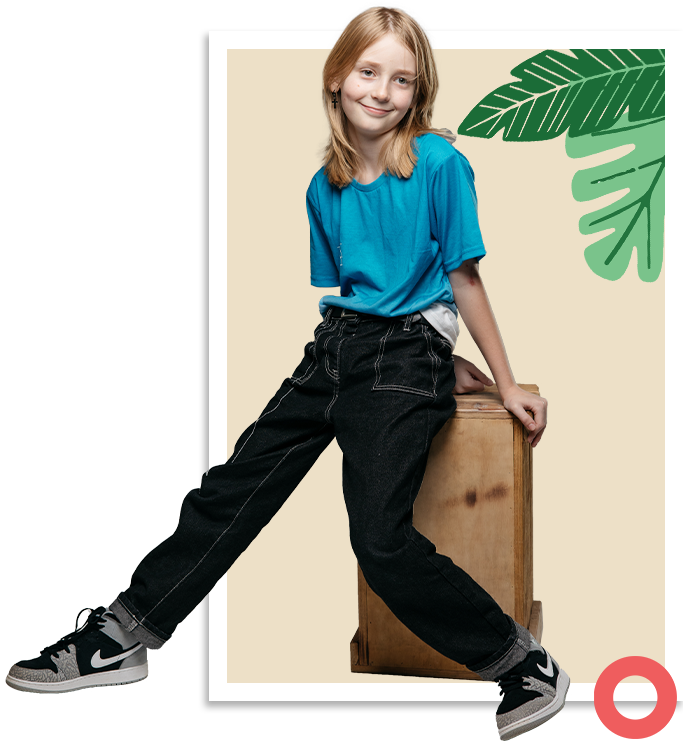
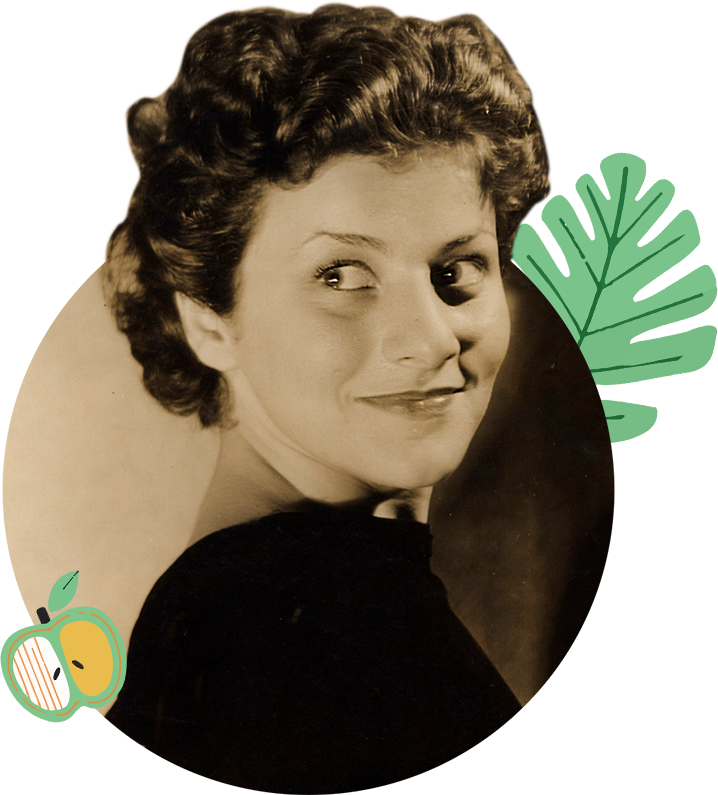
The Viola Spolin Technique
Viola Spolin has been recognized all over the world for her “games” techniques, which still bring spontaneity and fun to rehearsals while teaching some incredibly valuable acting skills.
Viola Spolin’s Technique helps actors loosen up with spontaneity and creativity on stage without compromising the quality of performance. As you may have guessed, this method takes the form of games, which stimulate actors to unlock their imagination.

Skills developed using the Viola Spolin Technique
- Physicalization
- Spontaneity
- Intuition
- Audience awareness
- Transformation
Needless to say, all of the above are great skills for any actor to have so this is an extremely useful technique for child and teen actors.
Below we’ve listed some of the games used in this particular technique.
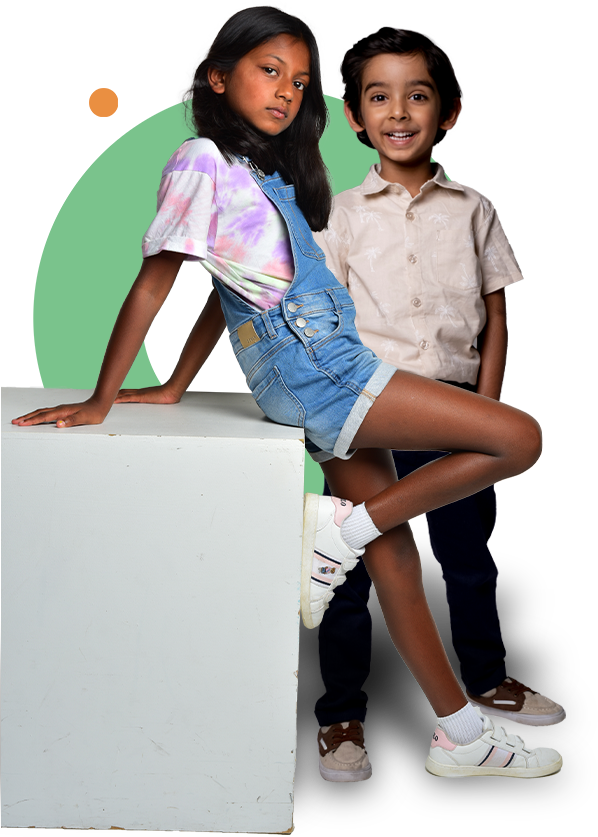
Group Counting
Gibberish
Who started the motion?
Why Teach Through Games?
The Chekhov Technique

Michael Chekhov was a Russian actor, director, theatre practitioner, and author, and some would say the most brilliant student of Konstantin Stanislavsky. The core belief behind Chekhov’s method is that actors are artists and every choice they explore and discover on stage is important to the story.
Here are a few of the most important aspects of this technique and yes, they’re a bit on the heavy side.
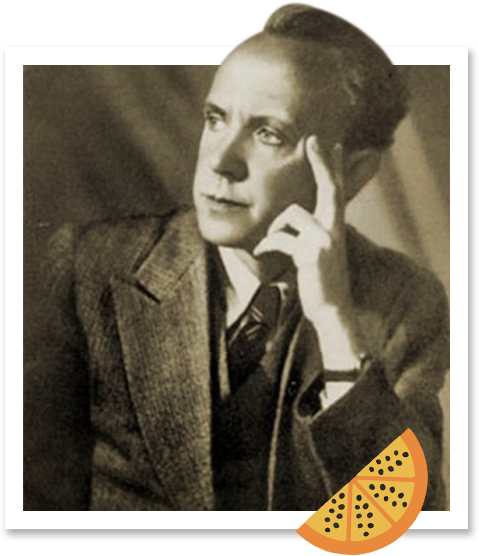

Sensitivity of the Body
Psychology
Creative Imagination
Chekhov believed that imagination can stir up emotions if you continuously think about the scenarios. He believed that if actors continued to imagine what a scene looked like or how it played out, they would be inspired to add something to the scene or change it up a little.
As you can probably guess by the various aspects mentioned above, the Chekhov technique is for actors who are very intuitive and creative types. Actors who like to get into character by experiencing the part rather than figuring everything out through reading their script. While some child actors may suit this, it’s usually a technique reserved for older teens and adult actors.

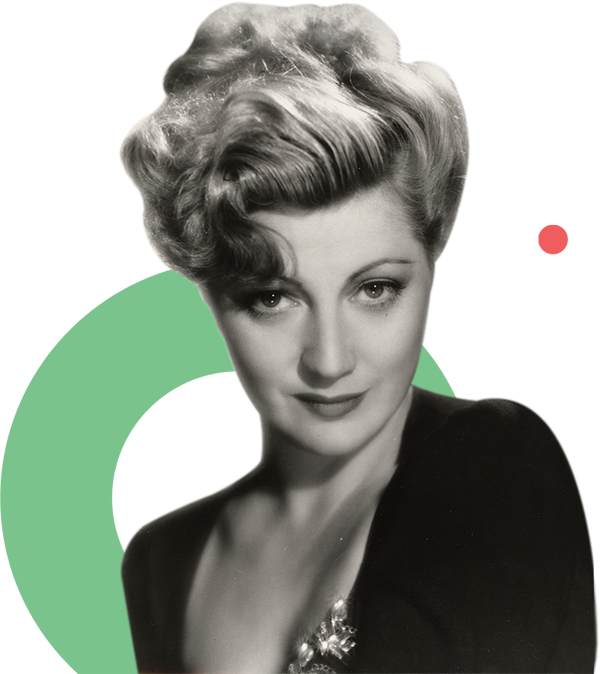

The Adler Technique
Stella Adler was an American actor, director, and acting teacher who also happened to be part of one of the most famous families in the New York theatre scene. Her techniques encourage actors to learn more about the world around them so that they could bring their experiences into their performances.
Here are some of its core aspects.
Personalization
Power of Imagination
Justification and Actions

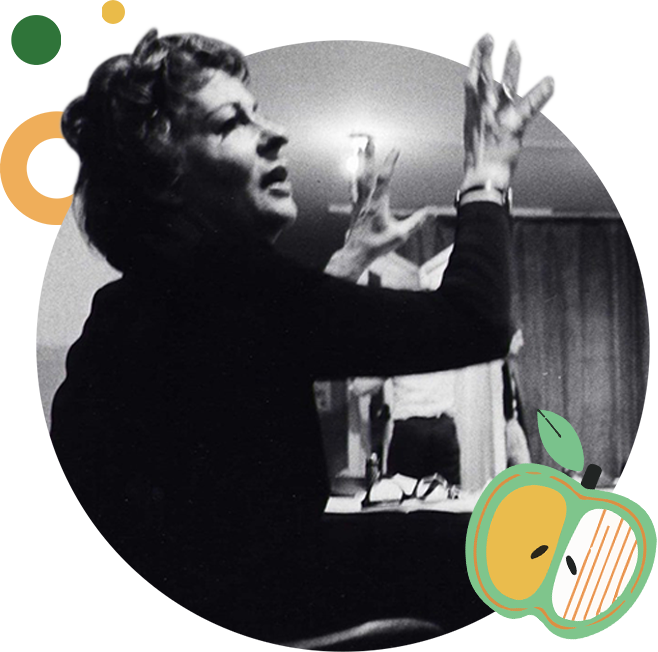

The Uta Hagen Technique
Uta Hagen is a German American actress and drama teacher who had great success in American Theatre. When acting on Broadway, she developed her own techniques to help her give incredible performances that had all the critics raving. It’s little wonder that those techniques are now so hugely popular.
The methods and techniques below may ring a bell or two as she certainly took inspiration from some of her predecessors. However, she was and still is considered to be one of the leading lights in acting techniques.
Substitution
Specificity
Authenticity
Preparation

- Who am I?
- What time is it?
- Where am I?
- What surrounds me?
- What are the given circumstances?
- What are my relationships?
- What do I want?
- What is in my way?
- What do I do to get what I want?
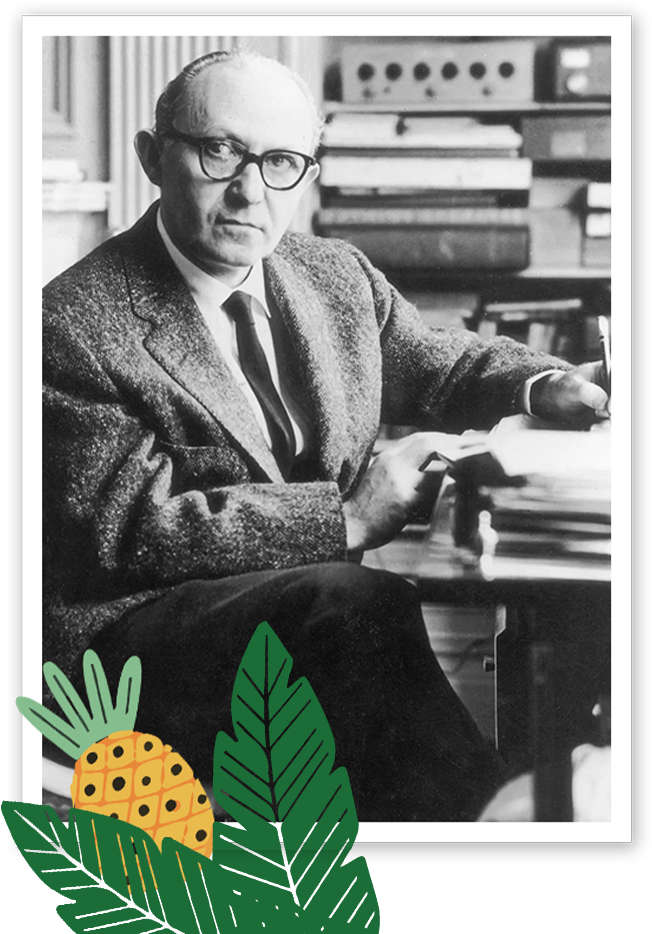
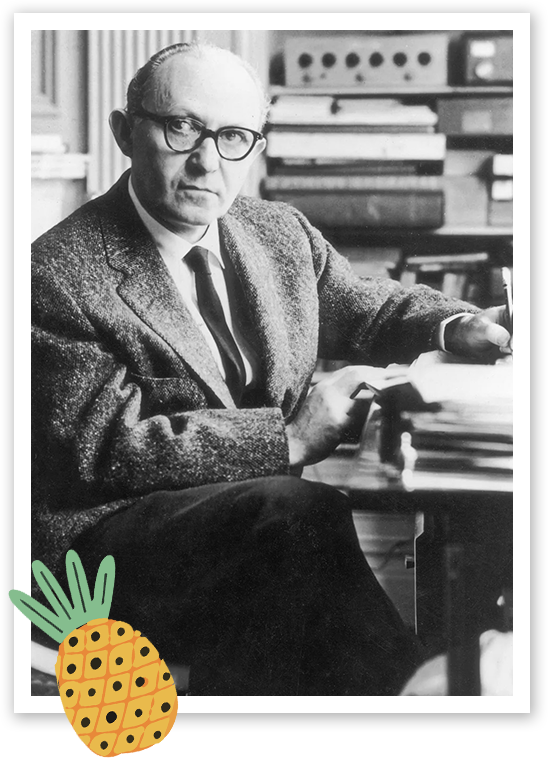
The Strasberg Method

Lee Strasberg was an actor, director, and teacher, who was known as the “Father of method acting in America.” His technique is based upon the Konstantin Stanislavsky technique where actors use their “emotional memories” for a realistic performance.
Now, you’ve probably heard of method acting and know that it usually involves getting really into a character and staying in that character for prolonged periods. Heath Ledger was amazingly talented at this as is Christian Bale.
Here are some of Strasberg’s most popular method acting techniques.
Removing tension
Focus and Deliberateness
Using Sense Memory

Identification and Replication
This is the skill of identifying certain sensations or feelings and being able to replicate them to give yourself a key to turn on an emotion when performing.
Now, as you can see, method acting is not something that any child actor nor too many teen actors will make use of as it is a truly immersive experience that is a lot to ask of a kid. So please don’t expect your child to take this on!
What Techniques do Acting
Classes Usually Teach?
That’s a very good question and it really all depends on the teacher and the type of students in the class. It also depends on what particular acting skill the teacher is trying to teach.
For example, in our online acting school Bubblegum Academy, our experienced teachers might use certain aspects of the Uta Hagen technique to teach young actors about getting into character while they might use the Viola Spolin technique to bring kids out of their shell and have some fun.
The truth is that no two acting classes are the same and that’s actually a very good thing. As we mentioned earlier, many of the techniques listed above draw inspiration from each other and all have some common themes that you’ll notice about using your ‘emotional memory’ and so on.
This means that no matter what class you join, you or your child will certainly notice some aspects of all the techniques listed above.


That’s a wrap!
Phew, we’re not gonna lie, there was some pretty heavy stuff here when compared to our other guides, but we’re glad you made it through to the end. Just remember that no director or agency will expect your child to have any real understanding of these acting techniques, but they will certainly help mums and dads as they coach their little starlets.
Oh, and if you’d like to learn more about the techniques that our awesome acting teachers use in their classes, feel free to check out our online acting school Bubblegum Academy.
WANT TO BE A CHILD
ACTOR OR MODEL?
At Bubblegum, we represent some of Australia’s brightest young stars, but even so, we’re always on the lookout for fresh new faces and talent.
If your child is aged anywhere from 3 months to 18 years of age, and you think they might have what it takes to shine in front of a camera or on stage, then we want to hear from you.
We’ll set up a quick informal chat where we’ll get a feel for your child’s suitability for working in the industry.
The lucky kids that make it onto our books benefit from in-house workshops and coaching sessions to help them brush up on their skills. They’ll also get great advice and tips from the Bubblegum team, some of whom have worked as child models and actors themselves! We’ll even arrange a portfolio shoot with our in-house photographer.
We want all the kids on our books to have their chance to shine and if that means working twice as hard to make it happen, then that’s what we’ll do!

